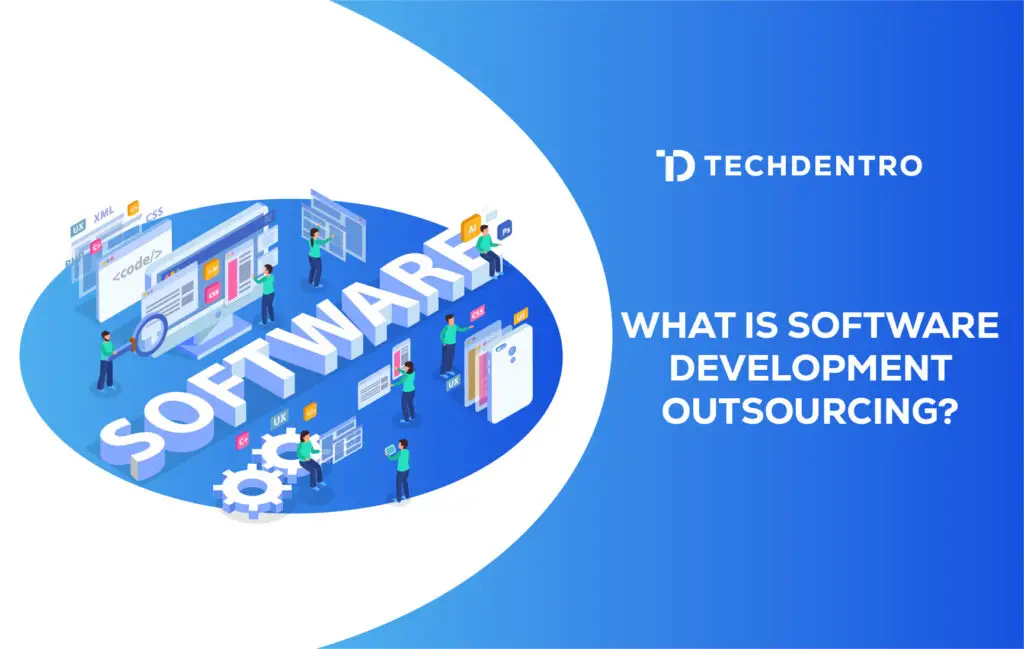Software development outsourcing has become an integral part of modern business practices, providing an efficient way to drive innovation and growth without the overhead of in-house development. Companies turn to outsourcing to tap into global talent pools, reduce costs, and expedite time-to-market for new software products and updates. As technology continues to evolve at a rapid pace, the reliance on specialized skills that may not be available internally has made outsourcing a viable and strategic option for many businesses. Understanding this dynamic approach to software creation is vital for stakeholders looking to leverage external expertise effectively. Keep reading to learn more.
Understanding Software Development Outsourcing and Its Scope

At its core, software development outsourcing involves contracting with an external organization or individual to perform all or part of the software development process. This includes tasks such as planning, design, coding, testing, and maintenance. The scope of outsourcing can range from hiring a single contractor to take on a well-defined project to engaging a large firm that manages a comprehensive suite of software services.
Globalization has greatly expanded the reach of software development outsourcing, enabling businesses to find the best fit for their needs, irrespective of geographic constraints. This not only gives access to a diverse array of skills but also allows businesses to benefit from cost differentials across various economies. The scope of outsourcing efforts can be tailored to the size and needs of the business, whether it’s a startup needing temporary development support or a large corporation looking to outsource entire projects.
Understanding the scope also involves being clear about one’s expectations from the outsourcing relationship. It’s pivotal for companies to define what they need from their partners, whether innovation, speed, or maintenance. Transparency in the scope helps in aligning the goals of both parties and establishing a harmonious working relationship.
Key Drivers for Choosing Software Development Outsourcing
One of the primary reasons companies opt for software development outsourcing is the cost advantage. By contracting out software development tasks, businesses can save on the expenses associated with full-time employees, such as salaries, benefits, and workspace. Outsourcing can significantly reduce operational costs while ensuring businesses can still access top-tier talent.
Access to specialized expertise is another crucial driver behind outsourcing decisions. Software development often requires knowledge of specific programming languages, frameworks, or technologies that may not be present in the existing workforce. Outsourcing partners can bring in niche skills for a project, enhancing the quality of the end product.
Lastly, the ability to focus on core business competencies is a significant driver for outsourcing software development. By delegating technical tasks, companies can concentrate their resources on areas such as marketing, customer service, and strategic planning, which can lead to a stronger competitive position in the market.
The Process of Software Development Outsourcing Explained

The outsourcing process starts with identifying and clarifying project requirements. This involves a thorough understanding of the project’s goals, scope, budget constraints, and deadlines. Businesses then engage in the selection process, evaluating potential outsourcing partners for their capability to deliver quality services that meet these requirements.
Once a partner is selected, contract negotiation and signing follow. This legal agreement covers all aspects of the business relationship, ensuring there is a mutual understanding of each party’s responsibilities, objectives, and expected outcomes. Establishing clear communication channels and project milestones at this stage is vital for seamless tracking and coordination.
The development phase begins with a kickoff meeting to align both teams. A robust project management framework is critical, often following agile methodologies for iterative development and continual improvement. Regular reviews and adjustments are part of the process to keep the project aligned with business goals and market trends.
Upon completion of the development phase, thorough testing and quality assurance are conducted. Any issues discovered are addressed before the deployment of the software. Post-deployment, ongoing maintenance, and support are important for the product’s lifecycle and are often included as part of the outsourcing agreement.
Outsourcing as a powerful tool rather than a mere cost-cutting measure can lead to long-term partnerships that develop software and contribute to competitive advantage and market leadership.
